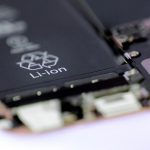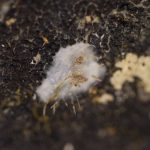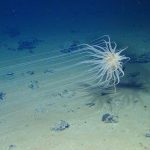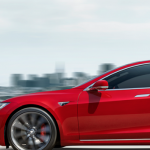Source: Financial Times
Author: Henry Sanderson
Miners want to tap subsea cobalt deposits for green technologies, but environmentalists worry.
Gerard Barron brandishes a small black rock — the size of the palm of his hand — and heralds it as the future: “It’s all right here, all the metals we need.”
The Australian entrepreneur believes these rocks, formed over millions of years at the bottom of the ocean, can help satisfy the growing demand for the metals used in batteries and clean energy technologies, and are therefore critical to the transition away from fossil fuels. Less than 20cm wide, the so-called nodules can contain nickel, manganese, copper and cobalt— all set to see a surge in demand over the next decade.
Continue reading Electric vehicles spur race to mine deep sea riches









